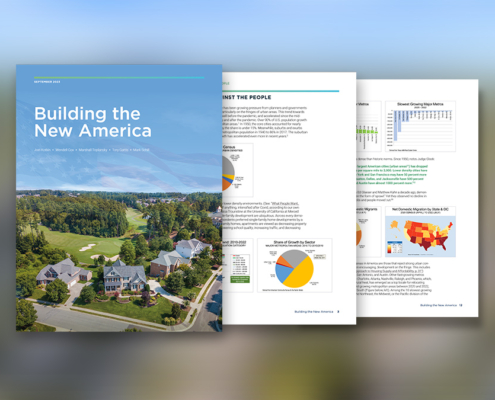
Report: Building the New America
How do we build a new urban model for America — one that is better aligned with the aspirations of most Americans? This newly released report examines the housing trends that are driving today's migration of people and jobs.
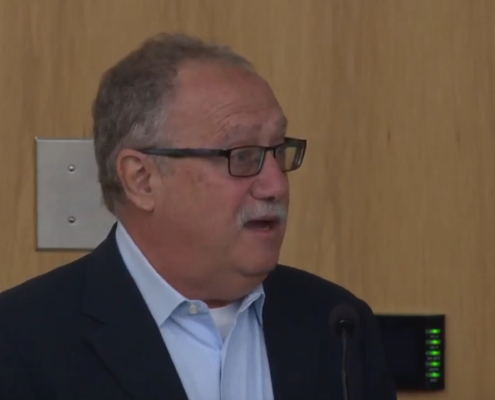
Cities, Suburbs, and the New America
by SMU Video — SMU-Cox Folsom Institute for Real Estate, the SMU Economics Center, and the Center for Opportunity Urbanism presented a lively discussion on Cities, Suburbs, and the New America, and Minorities, Immigrants, and Millennials in America’s Favorite Geography.
 Wendell Cox
Wendell CoxThe Expanding and Dispersing San Francisco Bay Area
by Wendell Cox — This decade has witnessed an unprecedented expansion of the Greater San Francisco Bay Area (the San Jose-San Francisco combined statistical area or CSA), with the addition of three Central Valley metropolitan areas, Stockton, Modesto and Merced. Over the same period, there has been both a drop in the population growth rate and a shift of growth to the Central Valley exurban metropolitan areas.
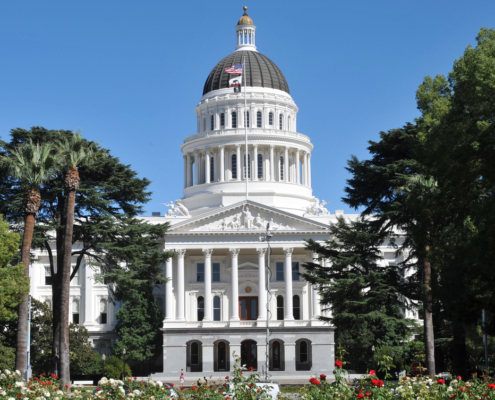
Forced Upzoning is Bad Policy, But Here’s How We Can Mitigate Its Impacts
by John Mirisch — A number of bills in California's legislature attempt to “solve” the state’s housing challenges by overriding local municipal zoning ordinances and allowing developers to build up to Sacramento-mandated levels of density. The most notable of these bills is SB50, which has no provision for affordable housing, but espouses a “trickle-down” theory that building market-rate (i.e. luxury) housing will “filter” down to create more affordable housing.
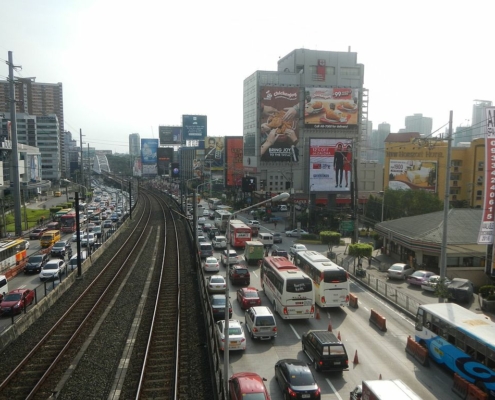
Three Studies That Show Density Doesn’t Determine Car Travel
by Fanis Grammenos — Recent research sheds new light on the critical issue of the link between car travel and urban density. Conventional planning wisdom has it that increasing development density bestows benefits, most importantly that of reducing driving.
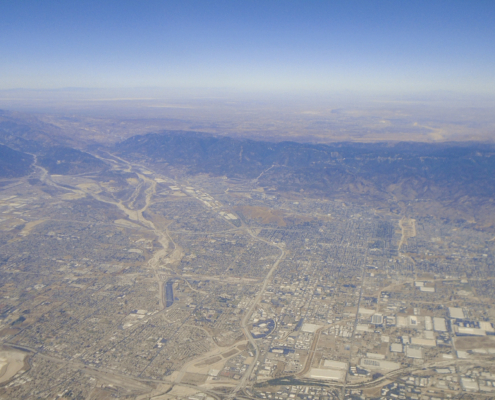
Greater Los Angeles Area Growth Tanking and Dispersing
by Wendell Cox — For decades, there has been substantial dispersion of population in Greater Los Angeles (Los Angeles combined statistical area or CSA), as the suburban areas outside the urban core have dominated population growth.
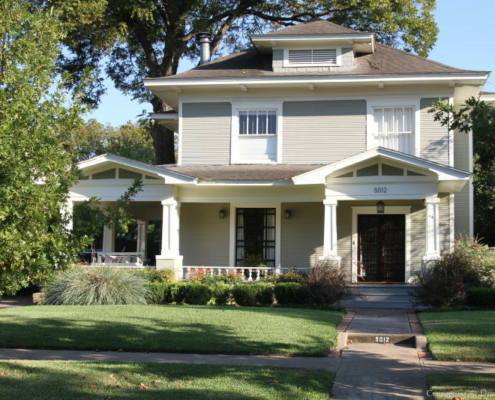
Organic Urbanism is the Cure for New Urbanism
by Douglas Newby — Organic Urbanism works with people’s preferences, particularly those of families. It protects, preserves, and nurtures the city, allowing the creativity of individuals and neighborhoods to shape the direction of the city.

Proposing an Autonomous Transit Service for Houston
Tory Gattis covers transit issues: Houston needs a forward-thinking solution when planning transit that will be in place for the upcoming decades. Autonomous vehicles are that solution and Houston can be the leader in pioneering autonomous systems for public transit..
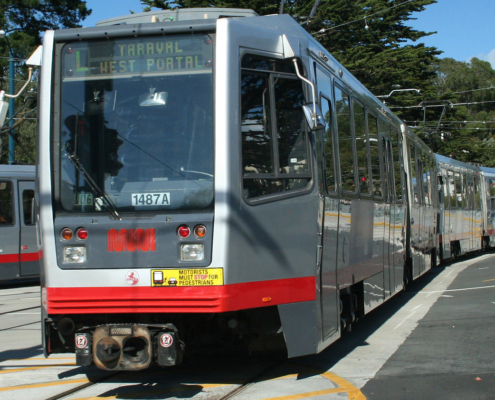
Transit Planners Want to Make Your Life Worse
by Joel Kotkin — In our system of government, the public sector is, well, supposed to serve the public. But increasingly the bureaucracies at the state and local level increasingly seek to tell the public how to live, even if the result is to make life worse.
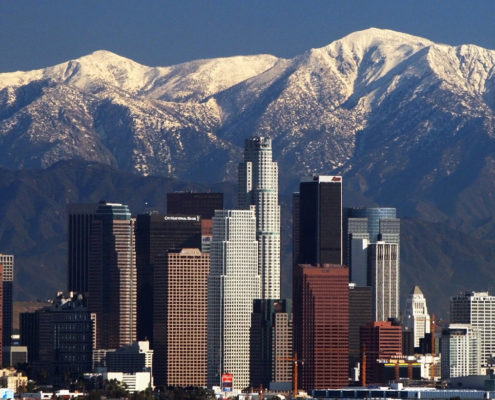
A Comparison of the World’s 1000 Largest Urban Areas
by Wendell Cox — We began publishing Demographia World Urban Areas, to have data that was not previously available for international cities at the urban area level, such as population, urban land area, and urban population density. Comparisons of urban density were the least reliable, given the limited information.
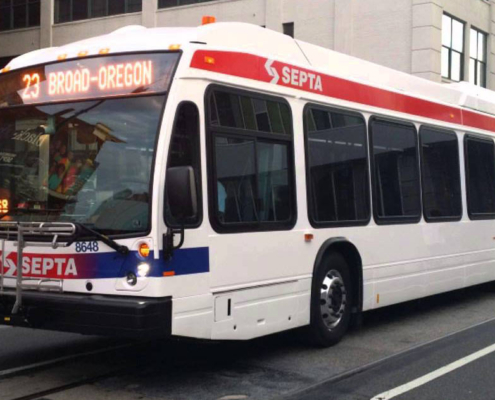
Transit Ridership Falls Another 2.9 Percent In June
by Randal O'Toole — June 2019 transit ridership was 2.9 percent lower than in June 2018, according to the Federal Transit Administration’s most recent data release. Ridership dropped in all major modes, including bus, commuter rail, heavy rail, and light rail.
